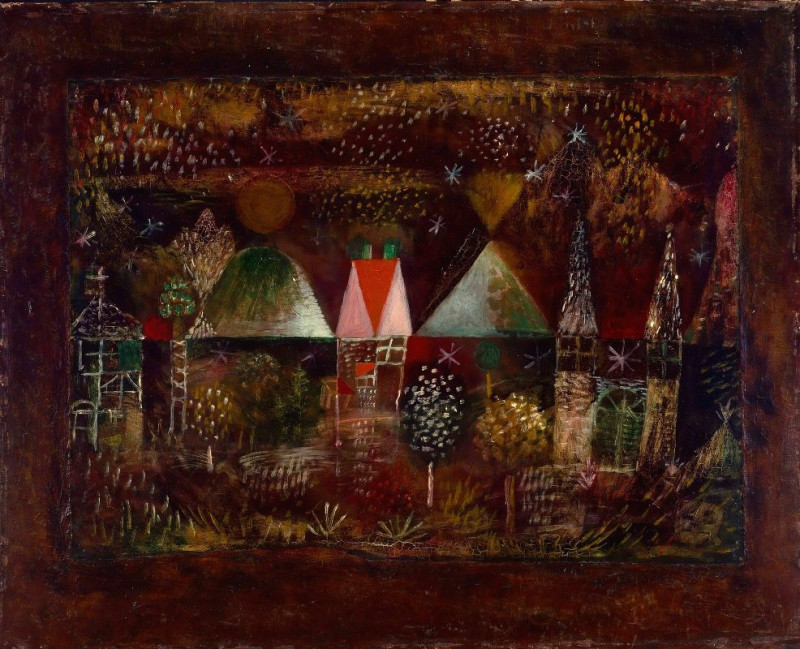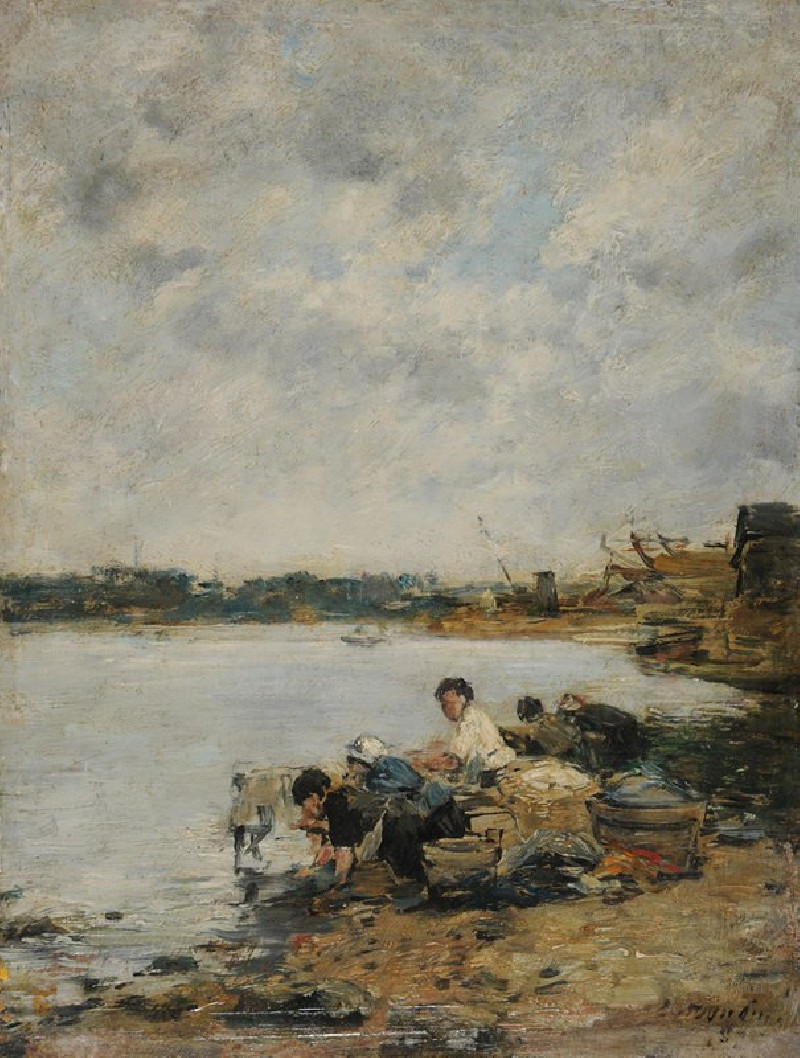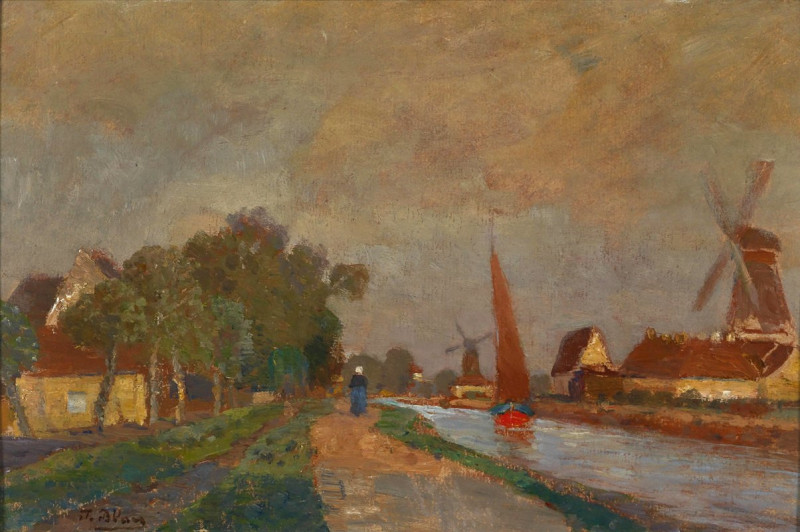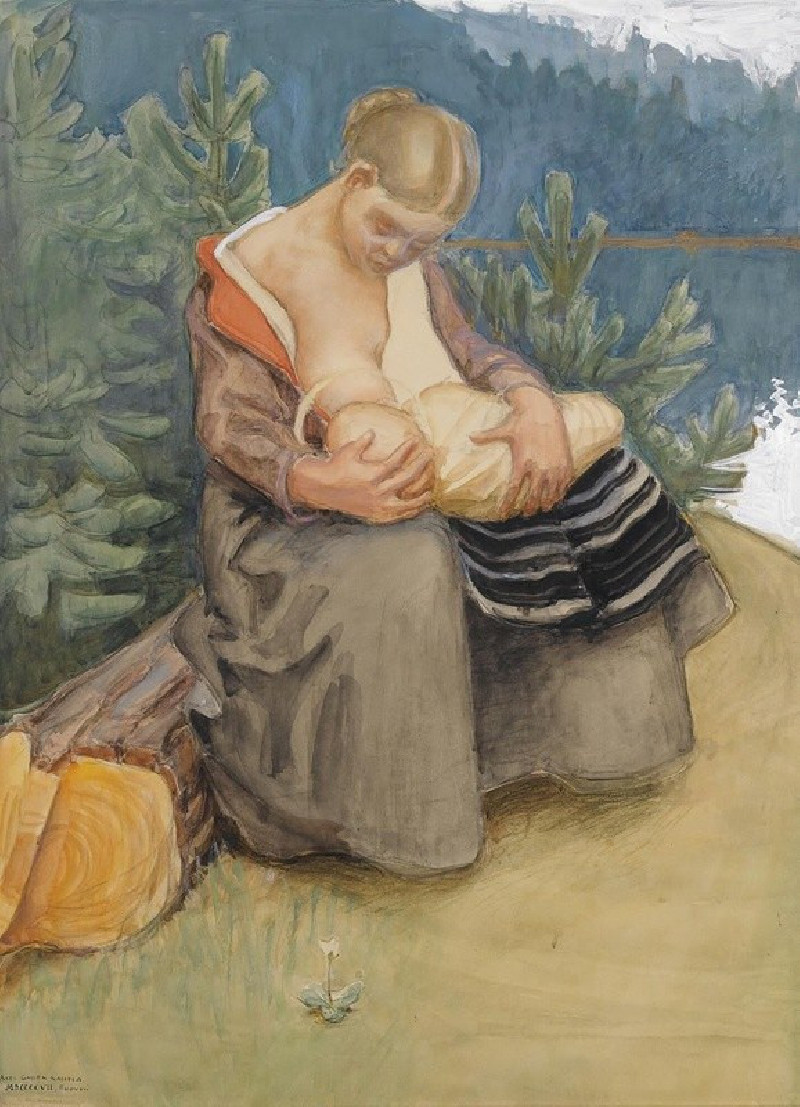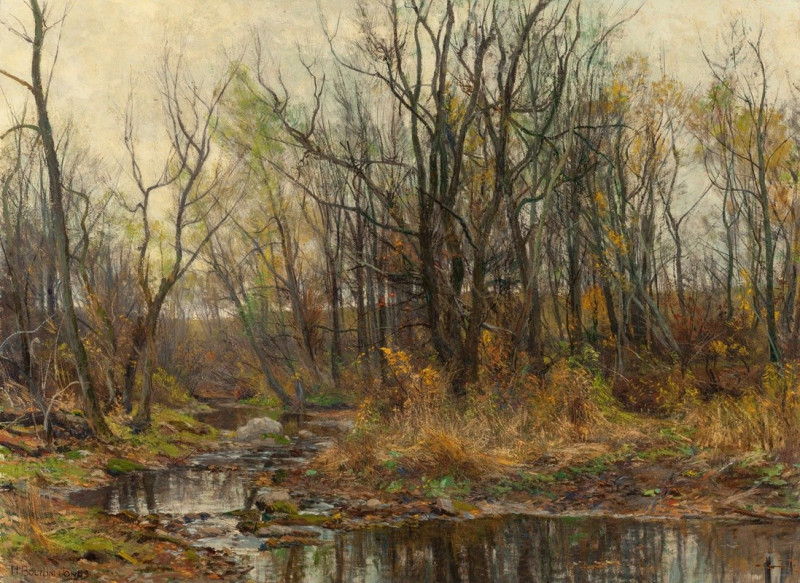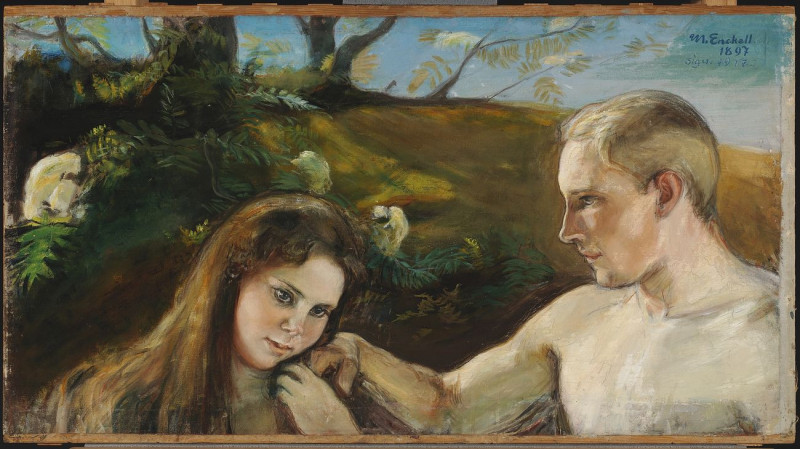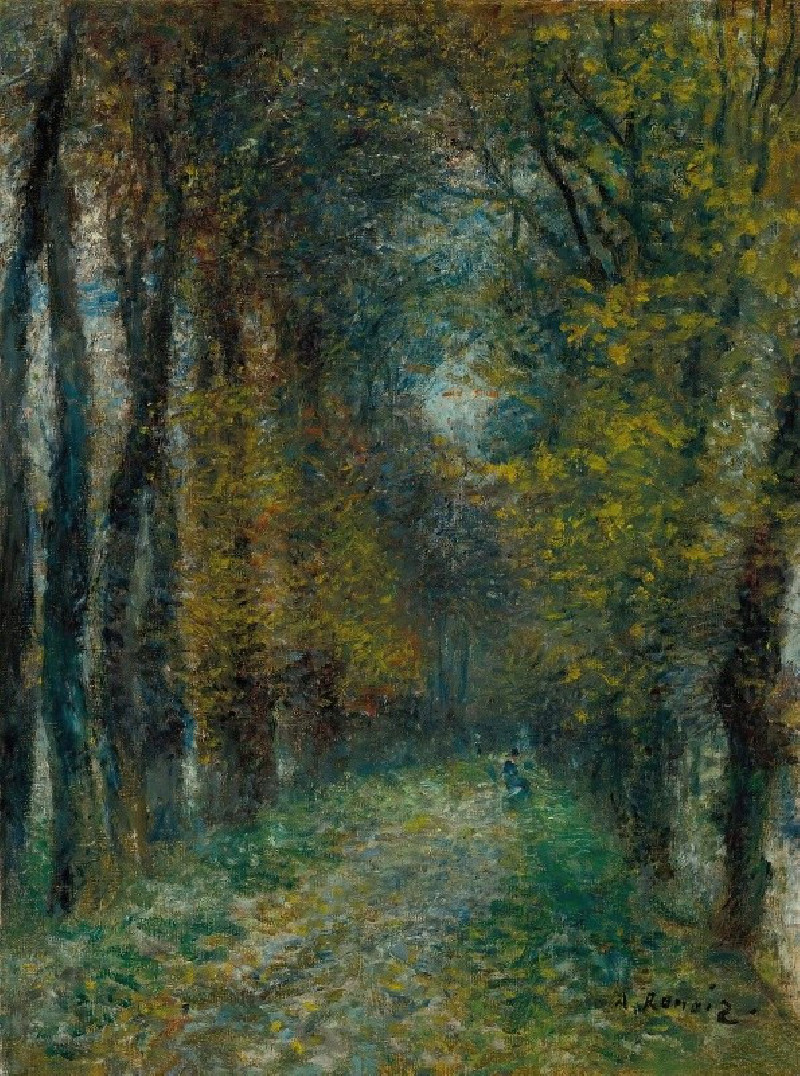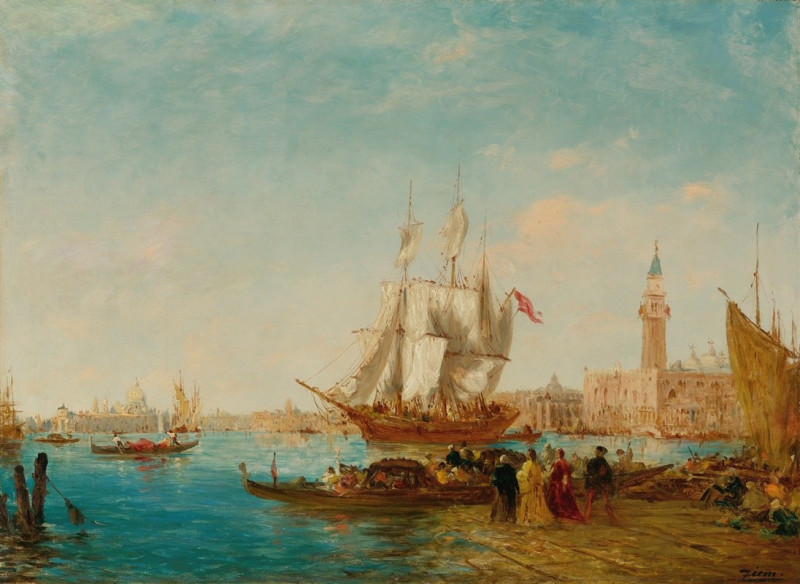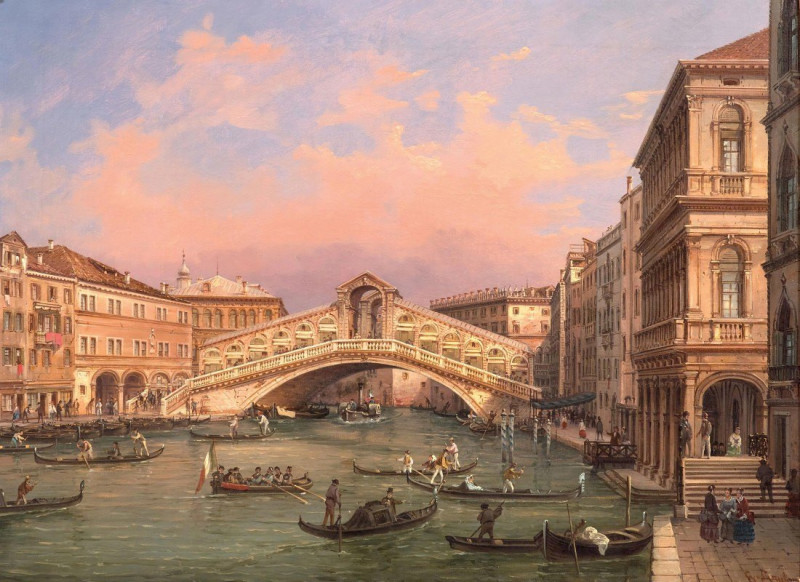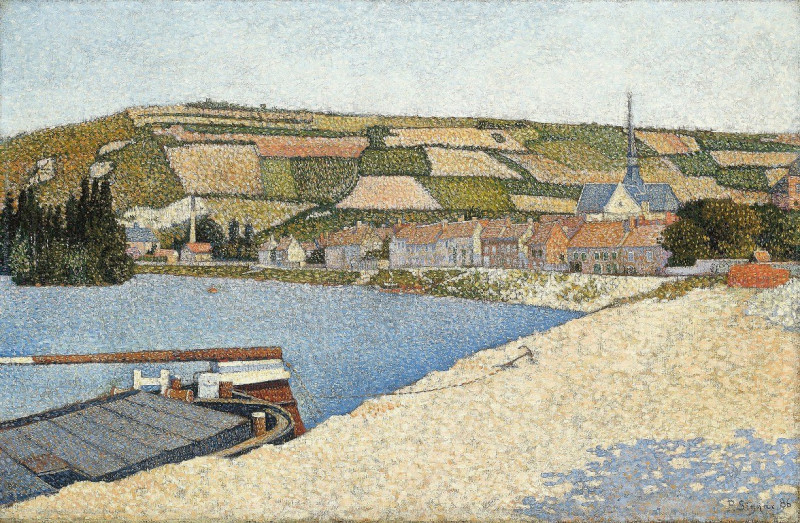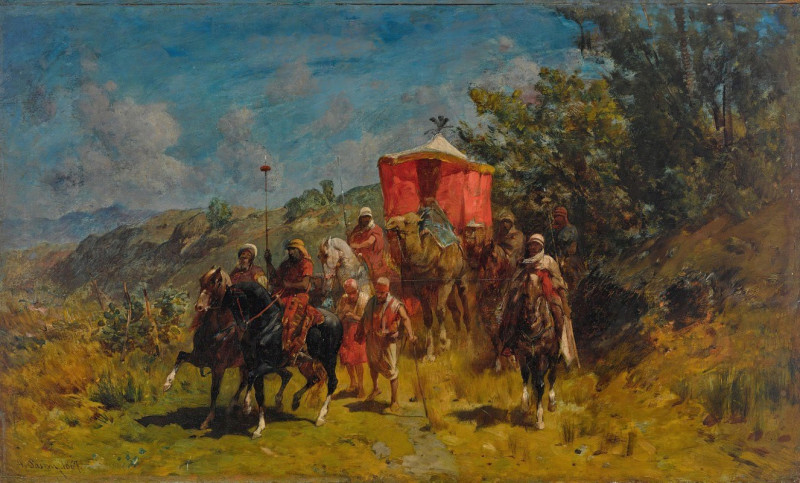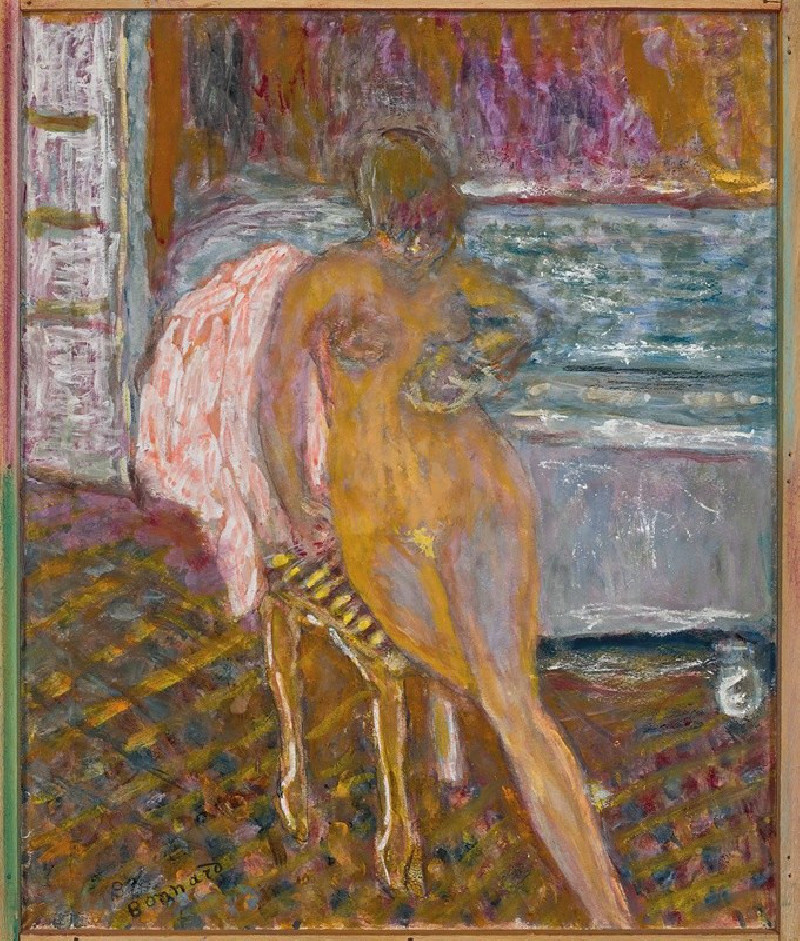Night Feast (1921)
Technique: Giclée quality print
Recommended by our customers
More about this artwork
Paul Klee's "Night Feast," painted in 1921, is a mesmerizing exploration of color, form, and the mystical feel of nocturnal festivities. The painting is rich in atmospheric depth, with a subdued, yet vibrant color palette that conveys the mystery and allure of a night-time celebration.At the heart of the painting are three abstracted, tent-like structures, their roofs rendered in bold geometrical shapes and colors. The central tent is particularly striking with its green dome, flanked by others featuring steep, red-and-white striped peaks that evoke a carnival-like ambiance. Surrounding these structures are various forms and elements which suggest the lively hustle of an evening festivity. Dimly seen, yet vividly felt, silhouettes of trees and possibly small figures dot the landscape, enhancing the sense of motion and liveliness.Above this lively scene, the sky dances with stars and flecks of light that suggest both the sparkle of fireworks and the tranquil permanence of the stars. The juxtaposition of dynamic celebration with the serene, static heavens invites viewers into a contemplative juxtaposition, characteristic of Klee's often dream-like aesthetic.Klee’s technique of layering and texture adds an almost tactile quality to "Night Feast." The roughness and variability of the surface capture the ephemeral glow of twilight hues against the encroaching darkness of the night sky. It is as if the viewer is not just observing a scene but is also palpably feeling the air of a night that is alive with whispers, laughter, and the rustle of the unseen.
Delivery
Returns
Paul Klee was a Swiss-born German artist. His highly individual style was influenced by movements in art that included expressionism, cubism, and surrealism. Klee was a natural draftsman who experimented with and eventually deeply explored color theory, writing about it extensively; his lectures Writings on Form and Design Theory (Schriften zur Form und Gestaltungslehre), published in English as the Paul Klee Notebooks, are held to be as important for modern art as Leonardo da Vinci's A Treatise on Painting for the Renaissance.

